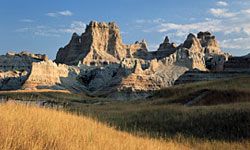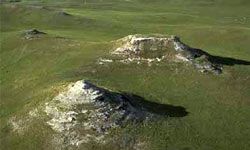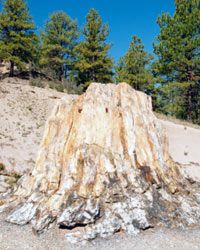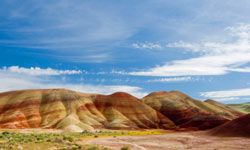If driving across America conjures up images of characterless interstate highways, strip malls and rest stops full of greasy burgers, greasy donuts and maybe even a few greasy characters -- think again.
There's another country to see within our borders -- one that's older than the blacktop itself. It's the America where dinosaurs once thrived and mammoths were as common as road signs. Fierce cats and other deadly mammals once had to fight for territory and food here instead of pulling into the nearest road stop.
Advertisement
And it's a country you can still see today because Mother Nature has a unique way of preserving her memories through fossils -- the remains and impressions of plants, trees and animals locked forever in the Earth.
So when you're planning your next holiday, forget Vegas and Disney. Why not travel back in time and embark upon a fossil road trip? Here we give you 10 can't miss sights that'll have you feeling like a modern-day Indiana Jones in no time!





